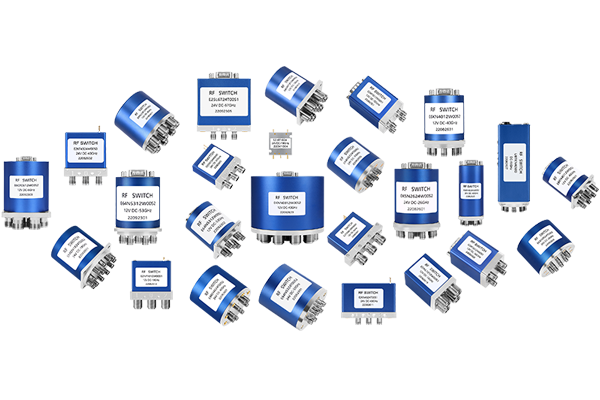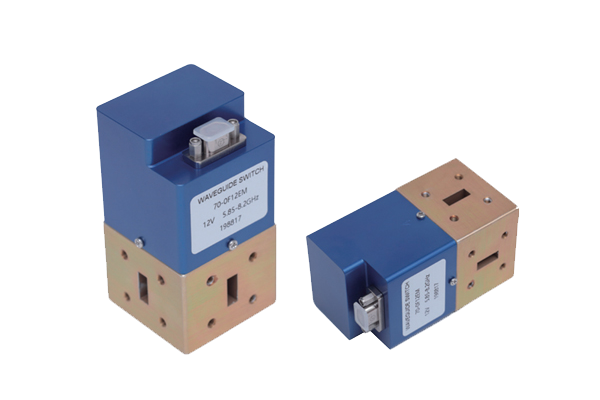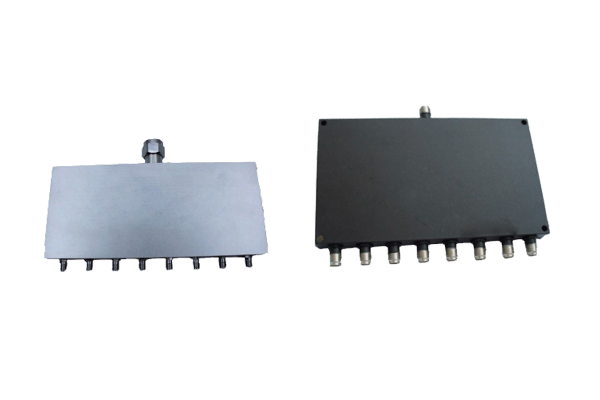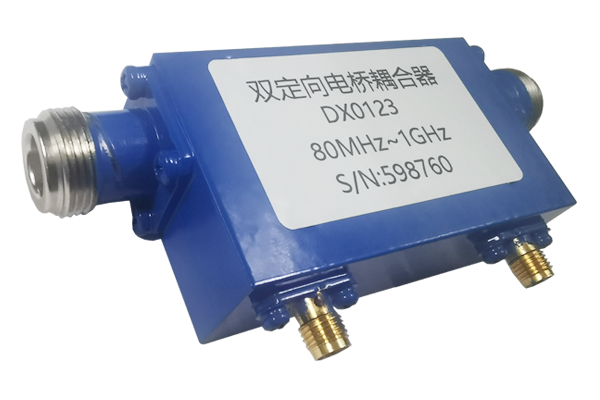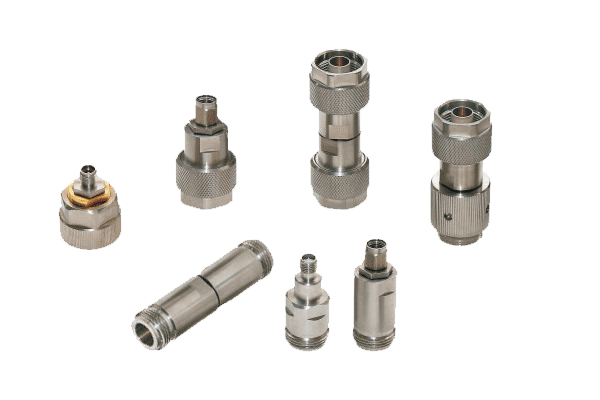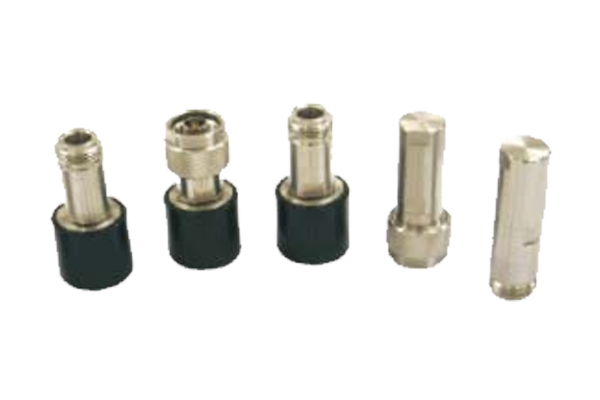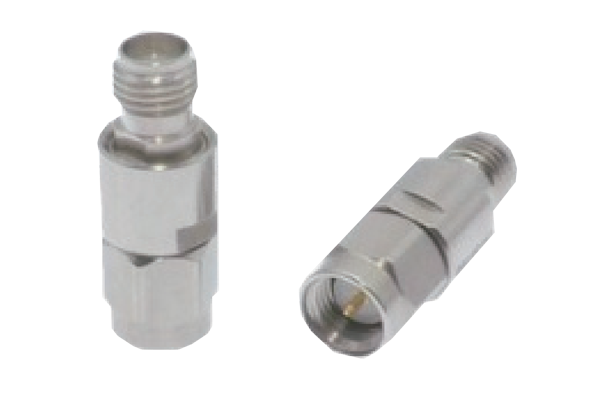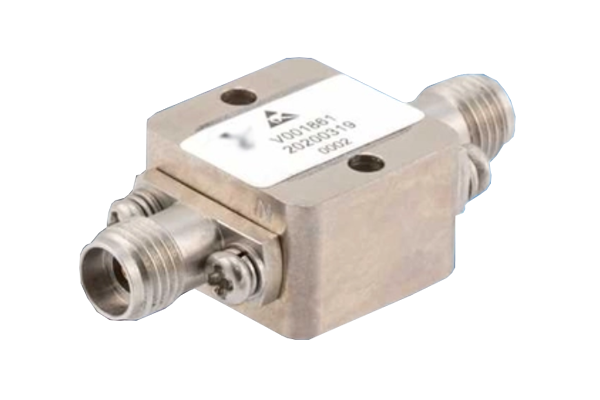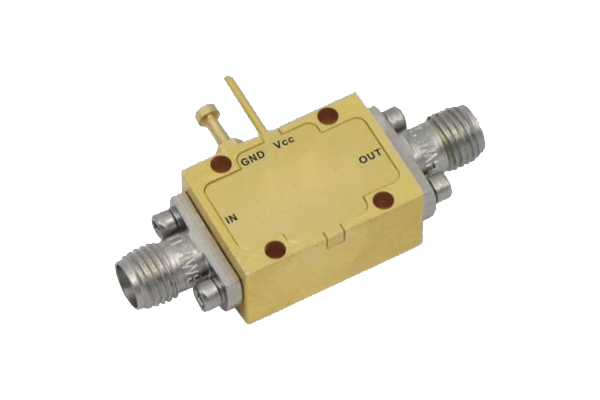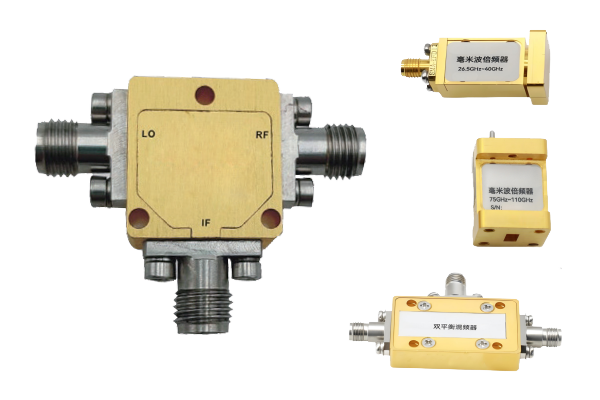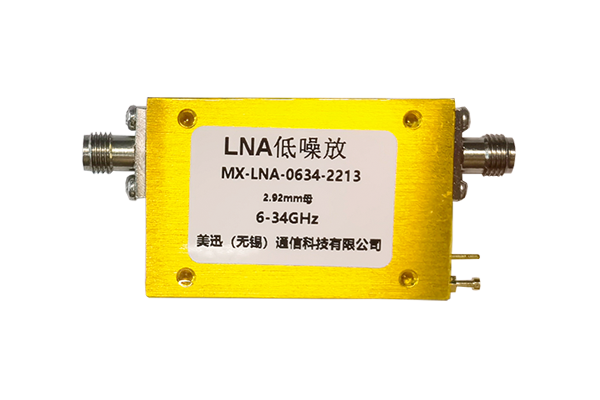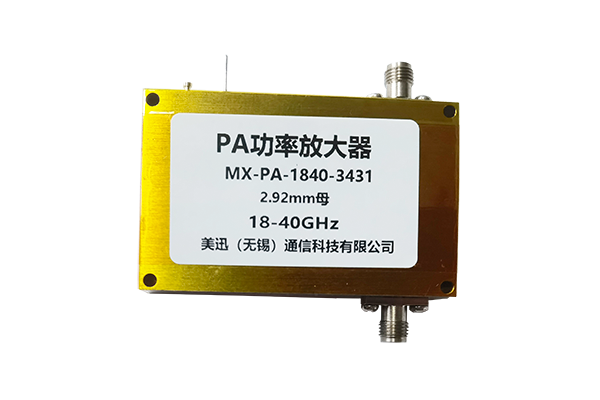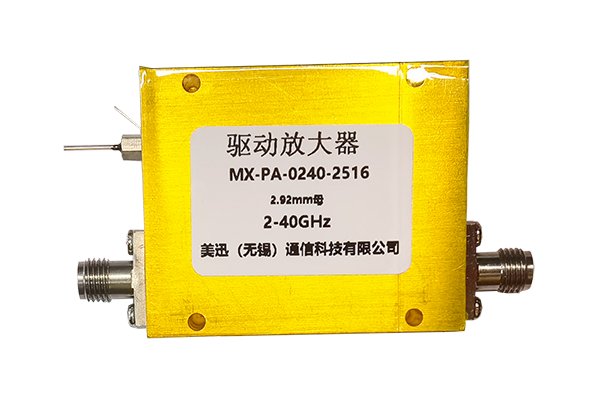How to Solve Heat Dissipation Issues in RF Pin Diode Switches
Effective Thermal Management for RF Pin Diode Switch
Optimizing heat dissipation is critical for maintaining performance and reliability in high-frequency applications
Optimize Internal Heat Dissipation Structure
- During the RF Pin Diode Switch design phase, heat dissipation efficiency can be improved by optimizing the internal structure.
- Internal components should be arranged appropriately to avoid excessive concentration of heat-generating components.
- Heat dissipation channels should be designed around core heat-generating components, such as diodes.
- Internal redundant structures should be simplified to reduce heat transfer obstructions.
Select High-Efficiency Heat Dissipation Materials
- Material selection is crucial to heat dissipation effectiveness in RF Pin Diode Switch.
- Metal materials with excellent thermal conductivity, such as aluminum alloy or copper alloy, can be used.
- Thermally conductive silicone or thermal pads enhance heat transfer efficiency.
- The internal circuit board should be made of a material with a high thermal conductivity coefficient.
Regulate Operating State to Reduce Heat
- By properly regulating the RF Pin Diode Switch operating state, heat generation can be reduced.
- Avoid operating the switch at full or overload for extended periods.
- Adjust the signal power according to actual needs to ensure the operating power is within the rated range.
- Optimize the switching frequency to avoid excessive switching.
Install External Heat Dissipation Device
- For high-heat scenarios in RF Pin Diode Switch applications, external heat dissipation devices can be used.
- Install a heat sink on the outside of the switch housing to increase the heat dissipation area.
- If the operating environment has poor ventilation, a small cooling fan can be used.
- When used in high-temperature environments, a heat dissipation enclosure can further enhance heat dissipation.



